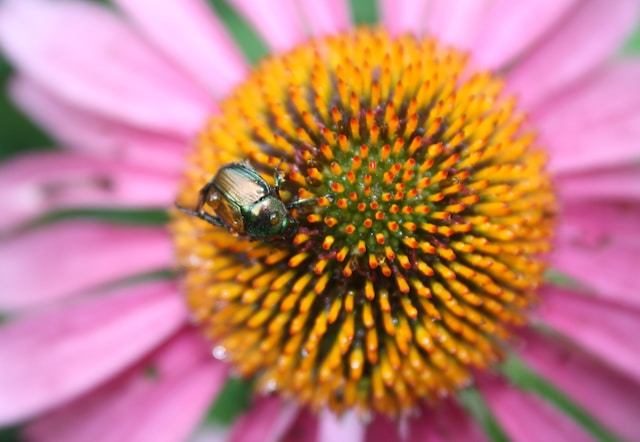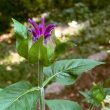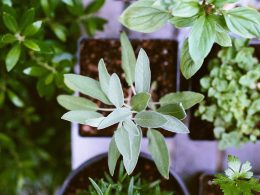Pollinators play a crucial role in our ecosystem, and designing a garden that attracts and supports them is not only beneficial for the environment but also a beautiful addition to any backyard. In this article, we will explore the steps to designing your dream pollinator garden, from selecting the right plants to creating a welcoming habitat for bees, butterflies, and other pollinators.
Choosing the Right Plants
The first step in designing a pollinator garden is selecting the right plants. Pollinators are attracted to flowers that are rich in nectar and pollen, so it’s important to choose plants that provide these resources. Some popular options include:
– Milkweed: This plant is essential for monarch butterflies, as it is the only plant that their larvae can eat. Milkweed also attracts other pollinators, such as bees and hummingbirds.
– Coneflowers: These colorful flowers are a favorite of bees and butterflies and bloom from mid-summer to fall.
– Bee balm: This plant produces fragrant flowers that attract bees, butterflies, and hummingbirds.
– Lavender: This fragrant herb is a favorite of bees and butterflies and blooms from late spring to early fall.
Creating a Welcoming Habitat
In addition to selecting the right plants, it’s important to create a welcoming habitat for pollinators. This includes providing shelter, water, and nesting sites. Some tips for creating a welcoming habitat include:
– Providing shelter: Pollinators need shelter from the elements, so it’s important to provide them with a variety of options. This can include planting shrubs and trees, creating a rock pile, or installing a bee house.
– Providing water: Pollinators also need a source of water, so it’s important to provide them with a shallow dish of water or a bird bath.
– Providing nesting sites: Many pollinators, such as bees, need a place to nest. This can include installing a bee house or leaving dead wood in your garden for bees to nest in.
Maintaining Your Pollinator Garden
Once you’ve designed your pollinator garden, it’s important to maintain it to ensure that it continues to attract and support pollinators. Some tips for maintaining your garden include:
– Deadheading: Removing spent flowers encourages plants to produce more blooms, which will attract more pollinators.
– Avoiding pesticides: Pesticides can be harmful to pollinators, so it’s important to avoid using them in your garden.
– Providing food and water: It’s important to continue providing a source of food and water for pollinators throughout the growing season.
Conclusion
Designing a pollinator garden is a rewarding and beneficial project for both the environment and your backyard. By selecting the right plants, creating a welcoming habitat, and maintaining your garden, you can attract and support a variety of pollinators, from bees to butterflies. So, grab your gardening gloves and get started on designing your dream pollinator garden today!












